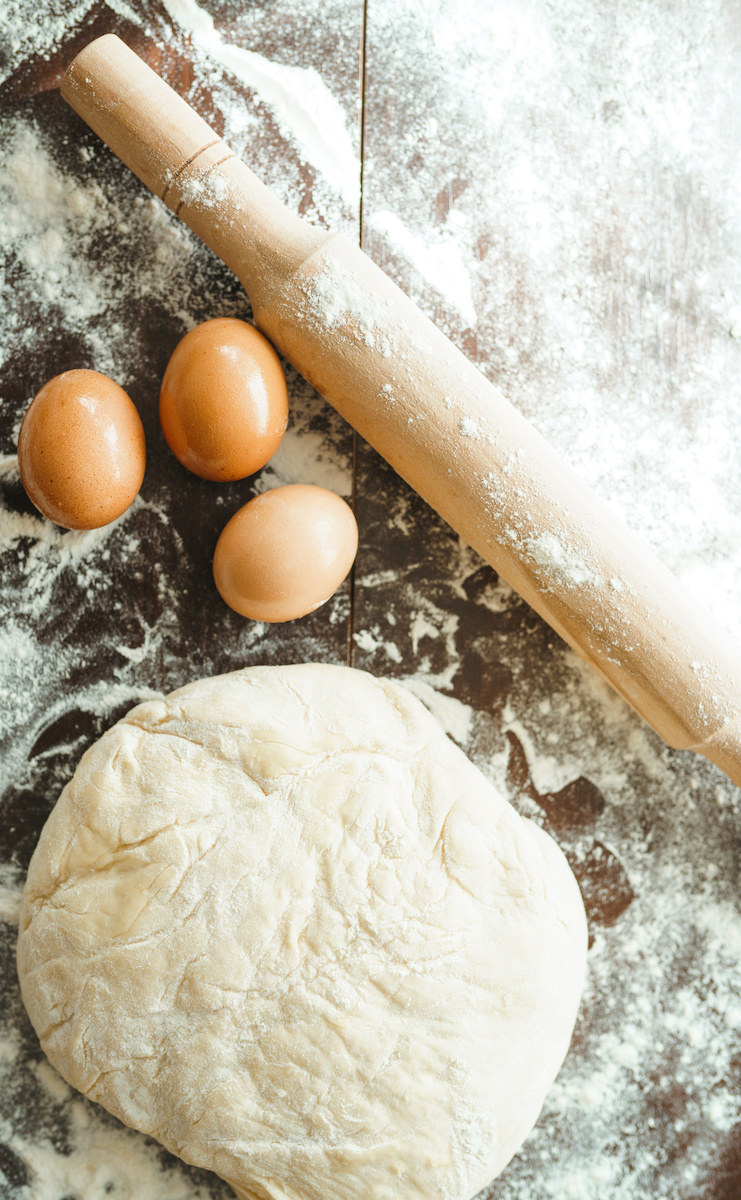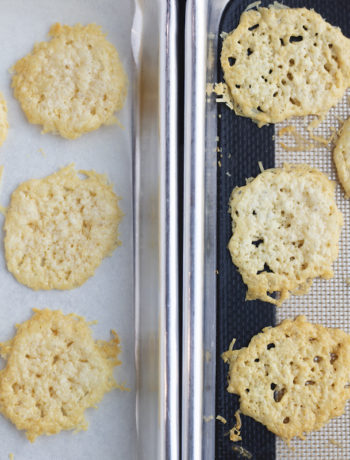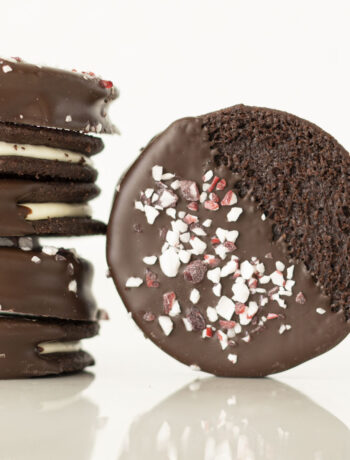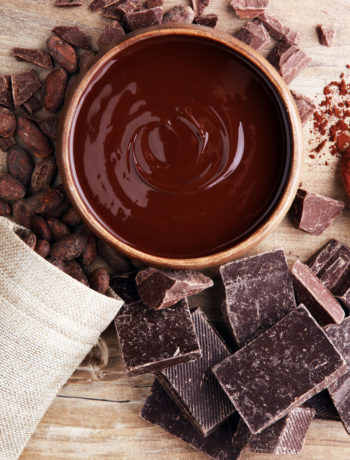Very few things can calm the mind and fill the heart like a good baking session- but when that moment of release turns into stress, it can be easy to feel like you just want to literally throw in the towel and order cookies. Enter the Gygi Guide to Baking: your resource for baking tricks and solutions to help the novice baker whip up delicious treats like a pro.
1) Read your recipe all the way through before starting
When a few of the chefs from the USA Pastry Team joined us at our chocolate event last November, award-winning chef, Oscar Ortega, so poignantly shared his feelings on a recipe, the gist of his thoughts were based on the principle that no matter how many times you make something, you should always refer and rely on the recipe- one missed ingredient or incorrect quantity can make or break your end result. And we believe that with our whole hearts.
When you’re making something for the first time, definitely read all the way through the recipe to become familiar, take into account any substitutions you may need to make, and even check for errors in the recipe. This will give you a chance to fix them before the fragile egg whites start falling!
2) Prep your ingredients before you start baking
The temperature of your ingredients does matter! If the recipe calls for room temperature eggs- you can put them in a bowl of warm water to warm them up. Or to quickly soften butter, microwave it for just a few seconds (no more than 10!) to speed up the process. Use a thermometer to test for exact temperatures when proofing yeast.
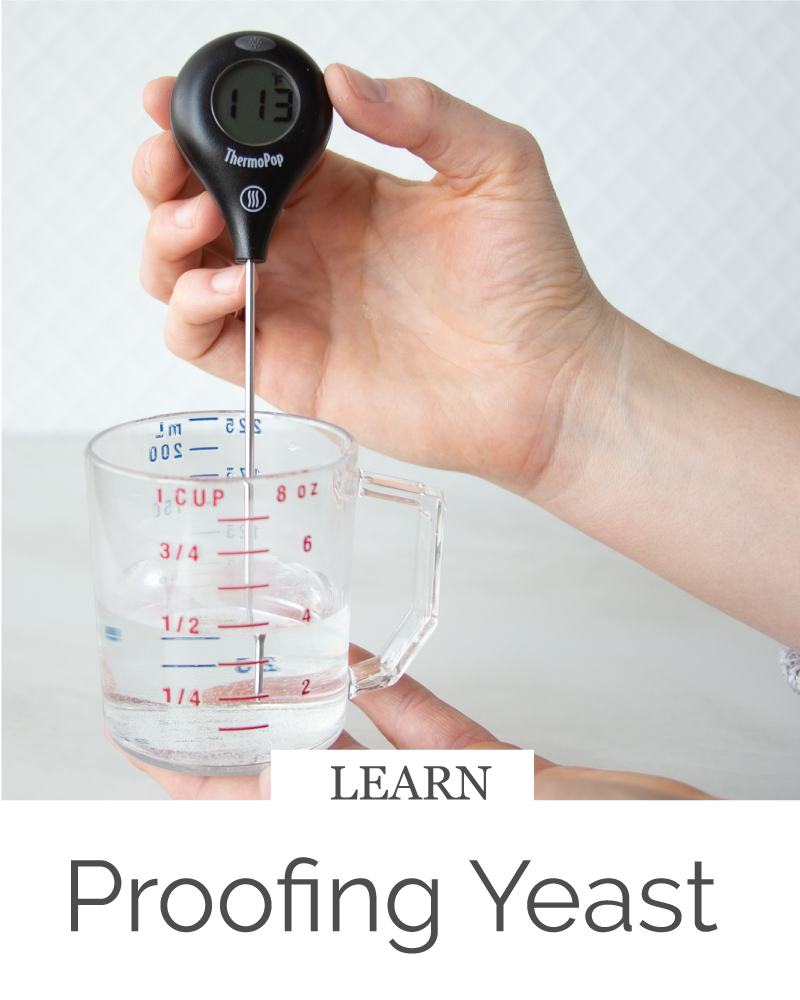
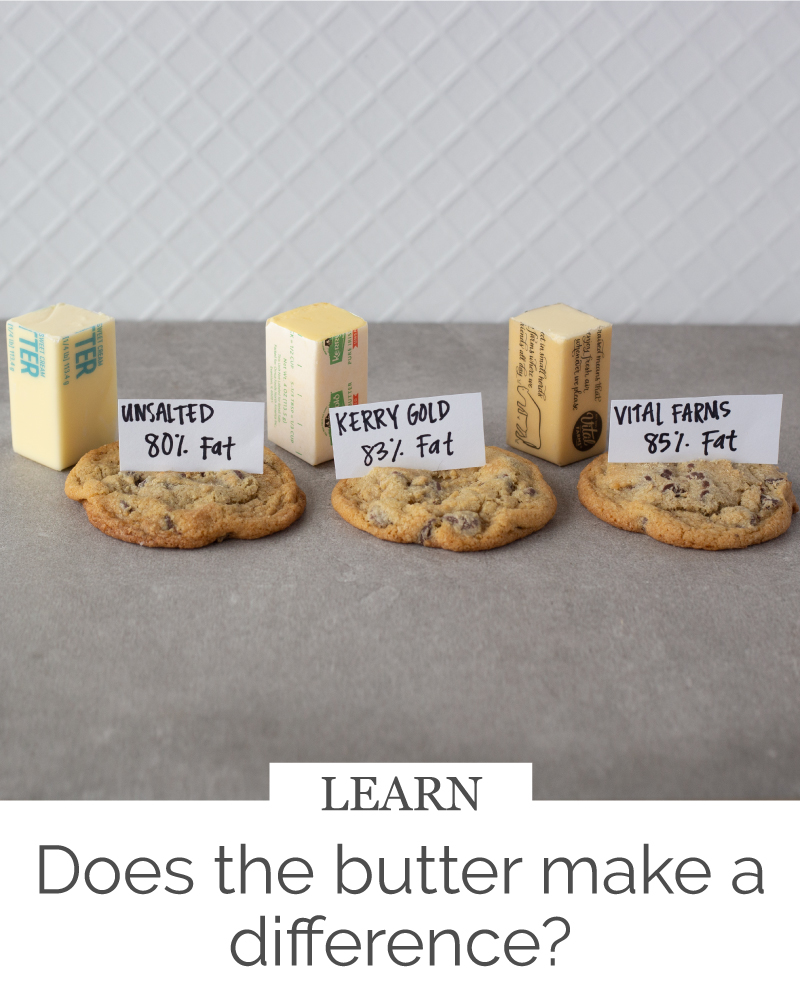
Fresh ingredients make a difference. Especially when it comes to your leavening agents: yeast, baking powder, baking soda. But you can always give your oil and flour a little sniff to make sure things are feeling fresh before adding them to your recipe. And you can always put old baking soda to work as a cleaner around the house!
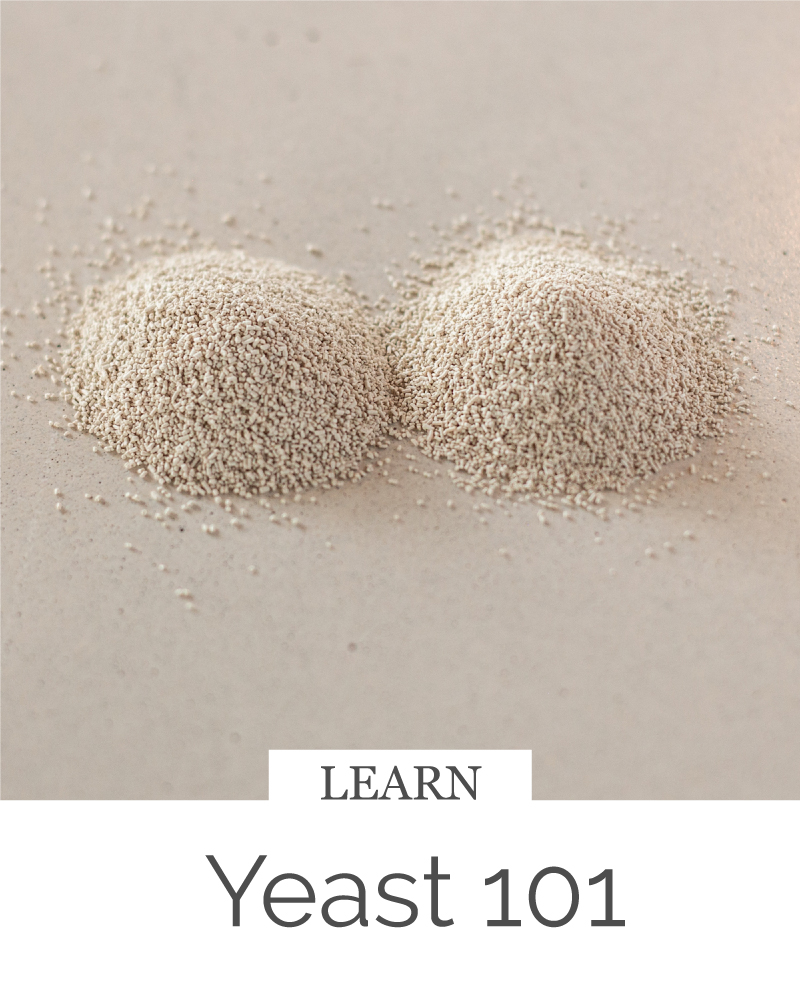
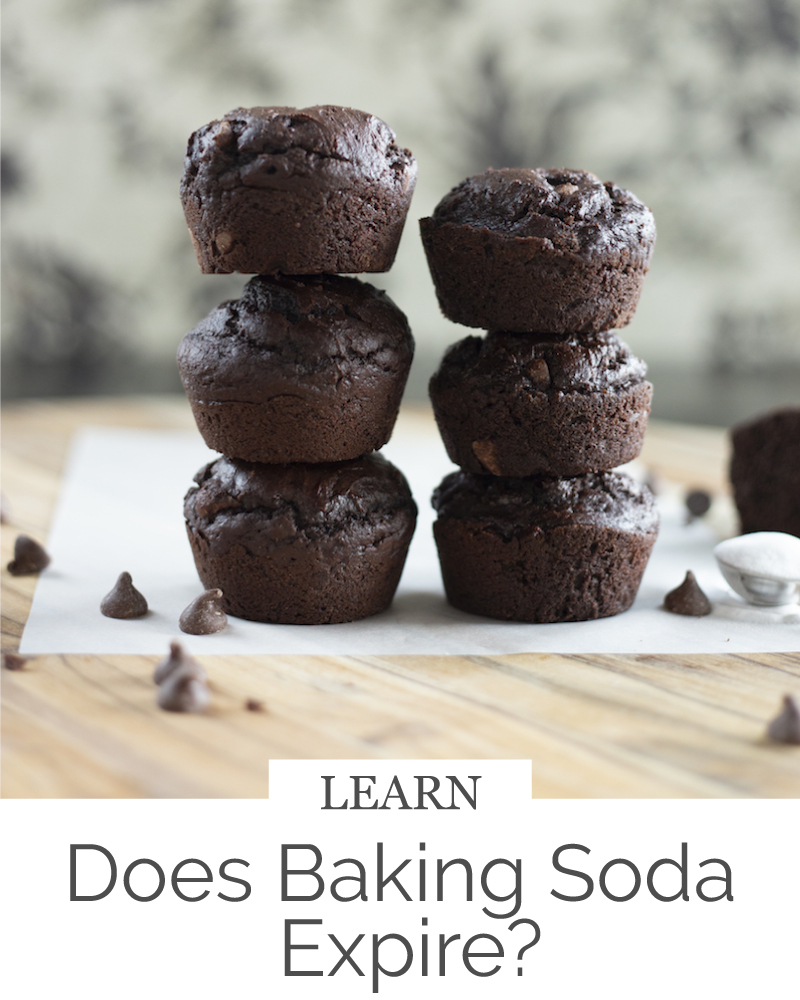
When you find yourself in a pinch, you can definitely get creative with swapping out with substitutes. We like to refer to this substitutions list. Your quality can be compromised- often only noticeable in a side-by-side comparison, but these substitutions can definitely get you through in a pinch.
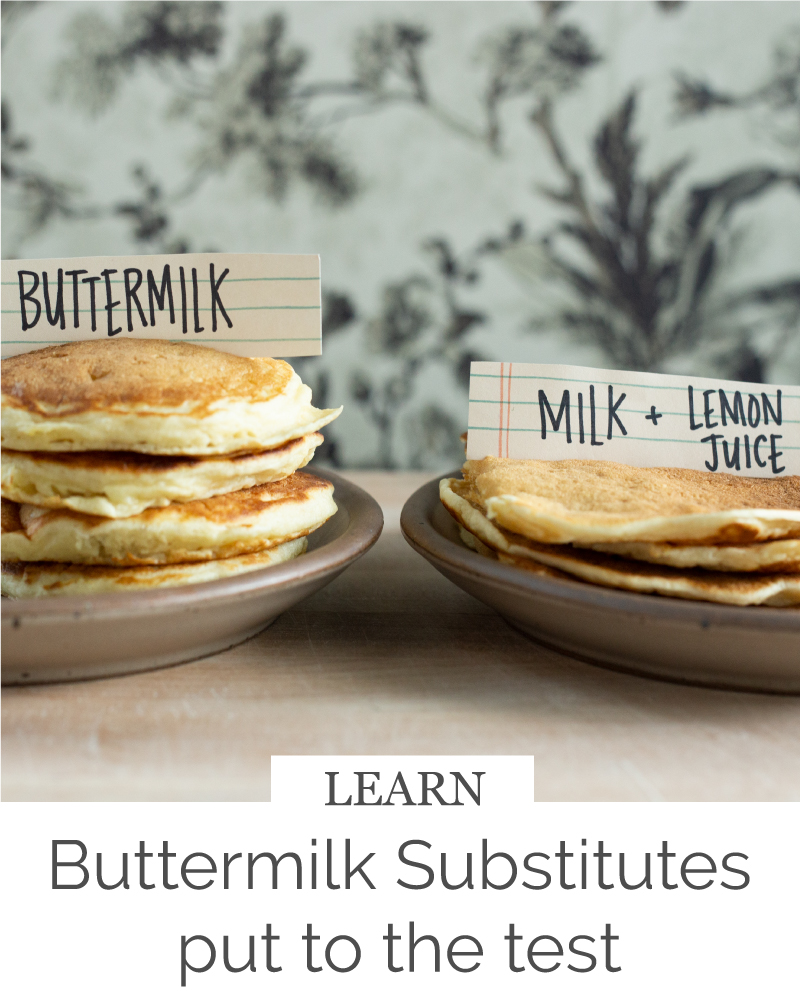

While you’re pulling out all your ingredients, you might as well get them measured out and ready to go in some handy little prep bowls. Stainless, silicone, plastic- doesn’t matter, they all make the baking process go more smoothly. It’s not just a trick for the food shows, it will speed up the baking process in the long run, and will help to reduce the number of errors in your recipe.
Overwhelmed by all the different types of flour? In preparation for the Gygi Guide to Baking, we tested out three of the most common flours: all-purpose, cake, and bread. And we want to help you know which flour to use every time.
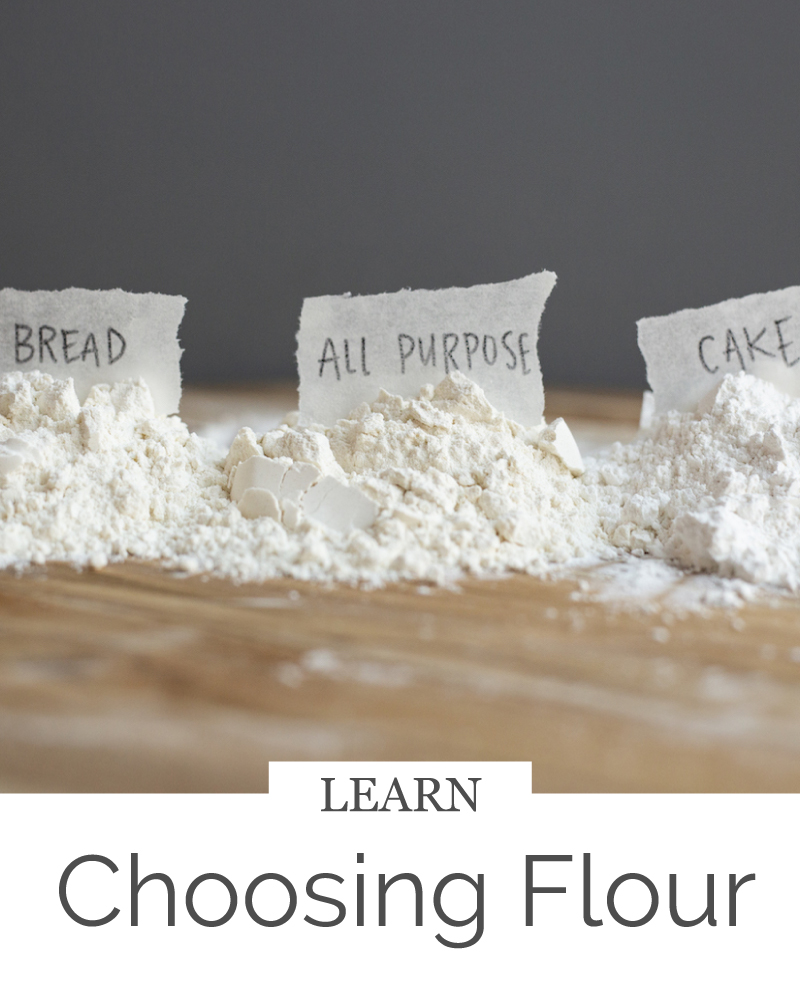
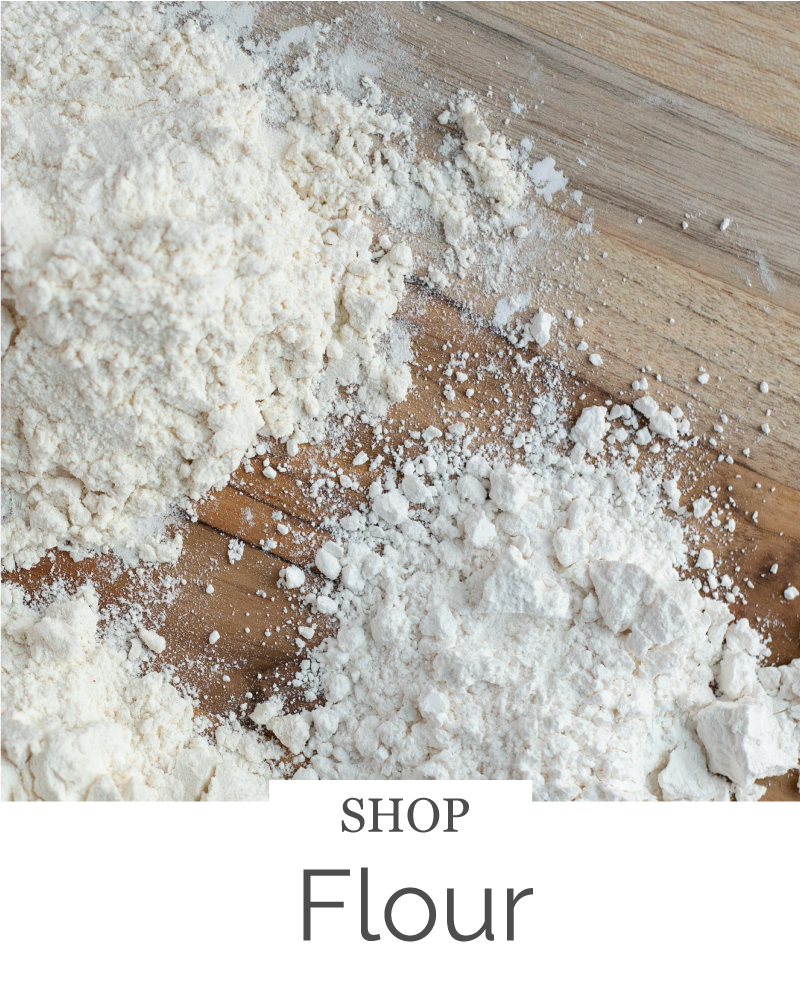
Have some cocoa in your pantry? Want to know how it compares to other kinds of cocoa. We’ve broken down the three most common kinds of cocoa so you can be in the know the next time you’re craving brownies.
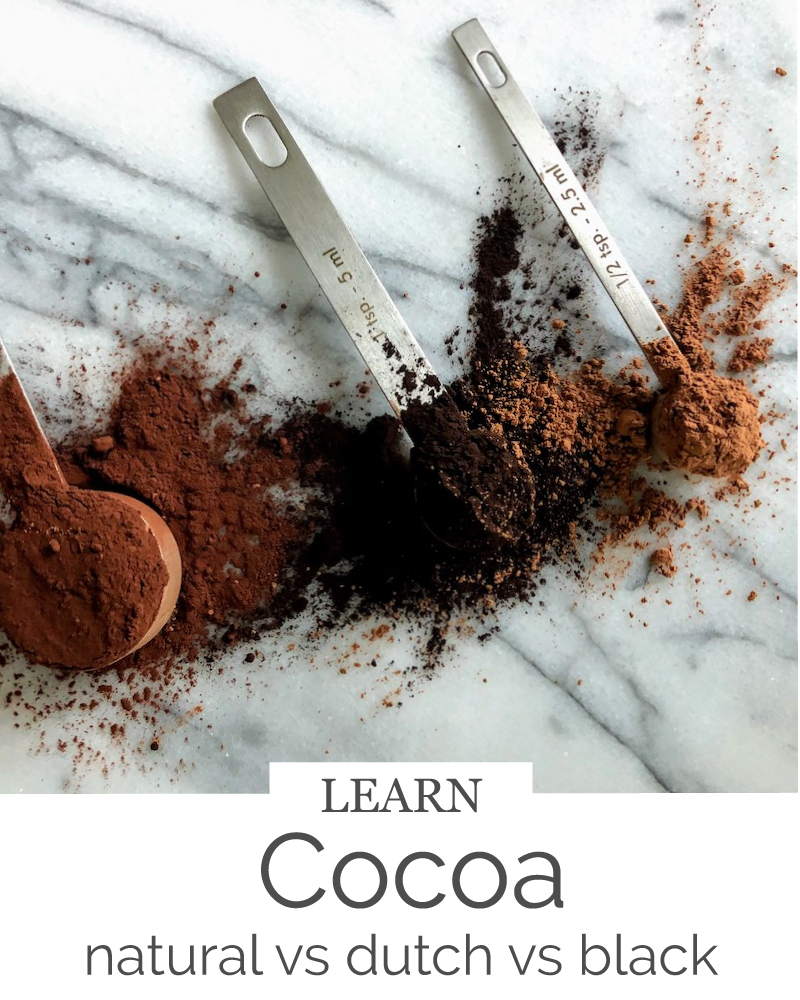

Baking with chocolate? ALWAYS use the good stuff. When you’re baking with chocolate it doesn’t require tempering so you can use the high-quality, couverture chocolate. This will give you the purest flavor and smoothest texture in your finished product. Not sure how to tell if your chocolate is high-quality? We break it all down here.
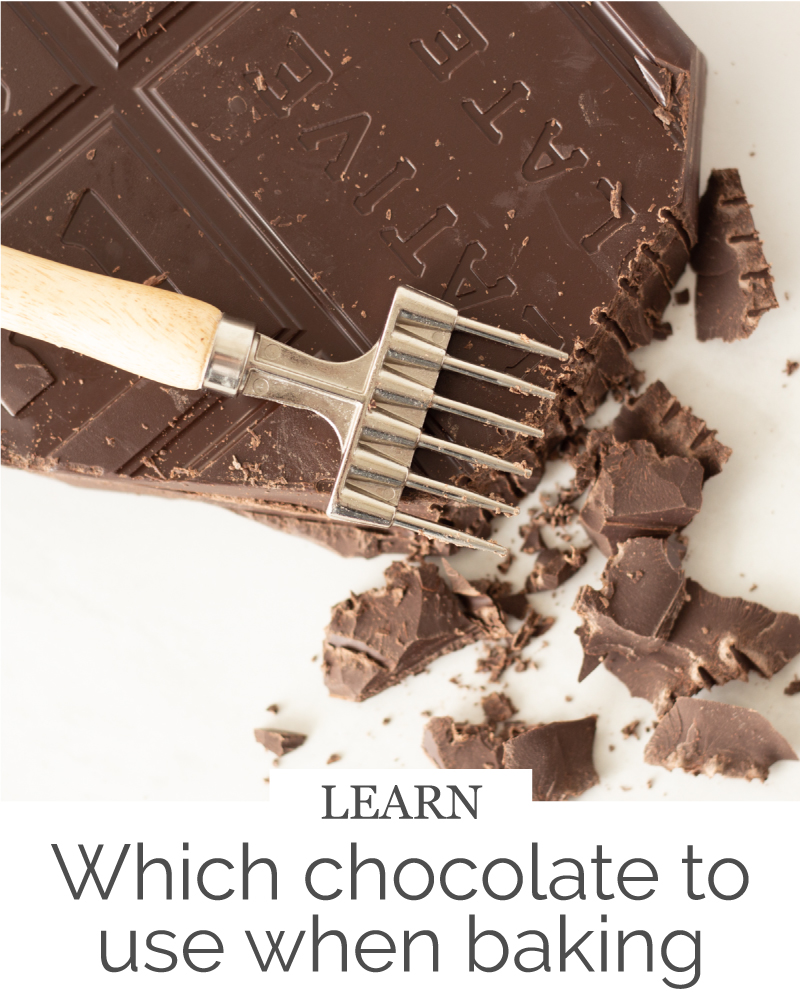

When adding flavorings to your recipes, you actually have quite a few choices. And making the right choice can really impact your recipe (and in a good way!) This is one of the best-kept secrets of bakeries and pastry shops- emulsions, extracts, and flavors. Get some in your life!
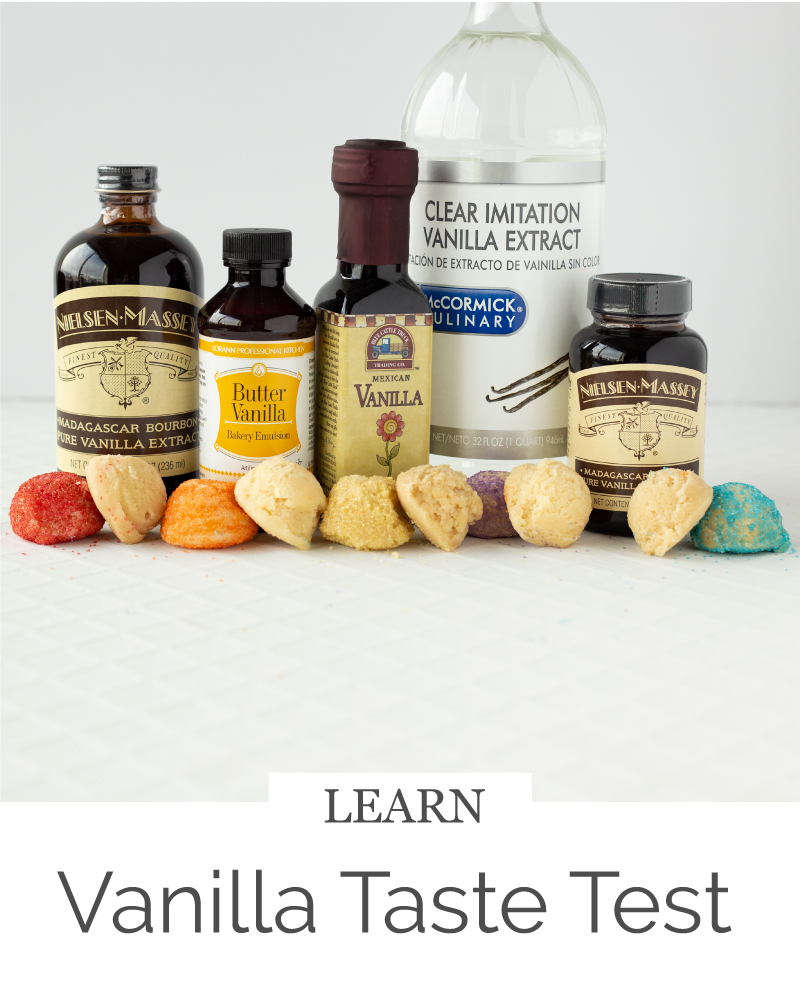
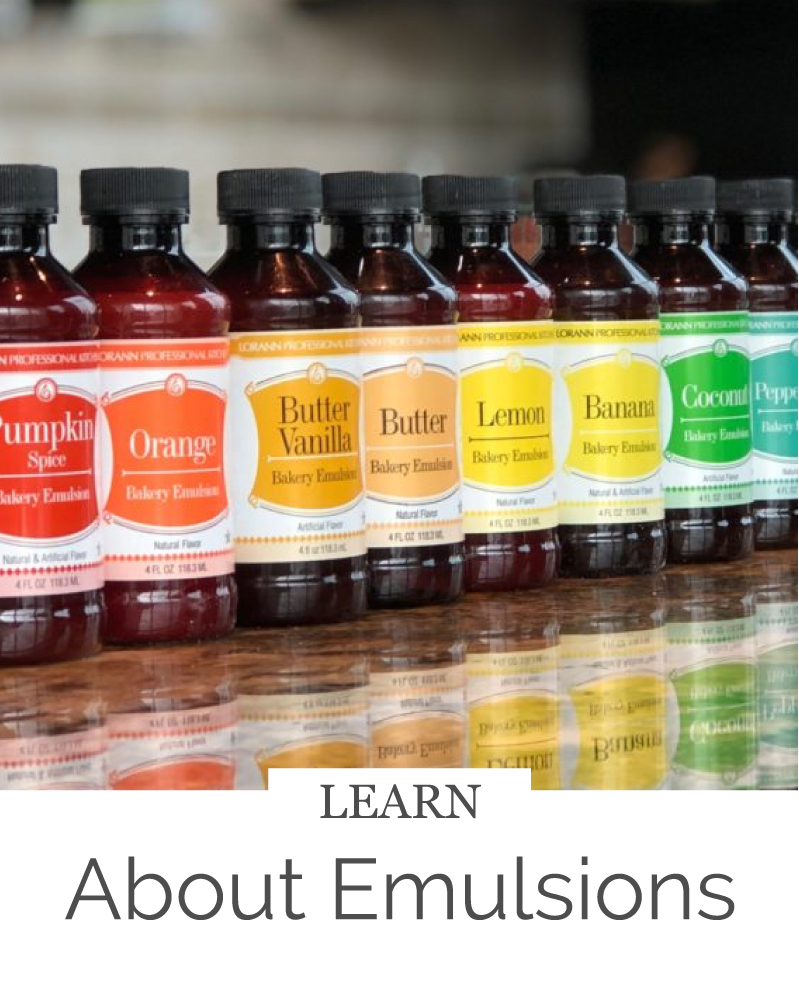
3) Prep your tools beforehand
This is a Gygi Guide to Baking essential trick: getting your tools out and ready before you get started is essential! This can help save time and allows you a chance to clean or find anything you might need.
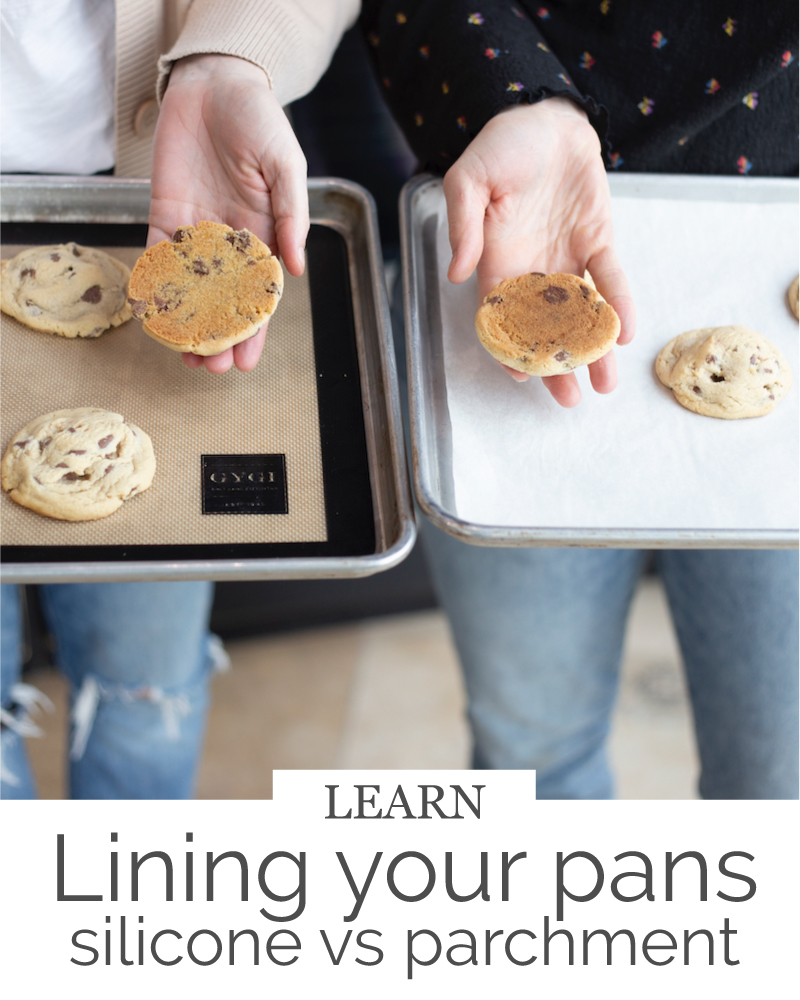
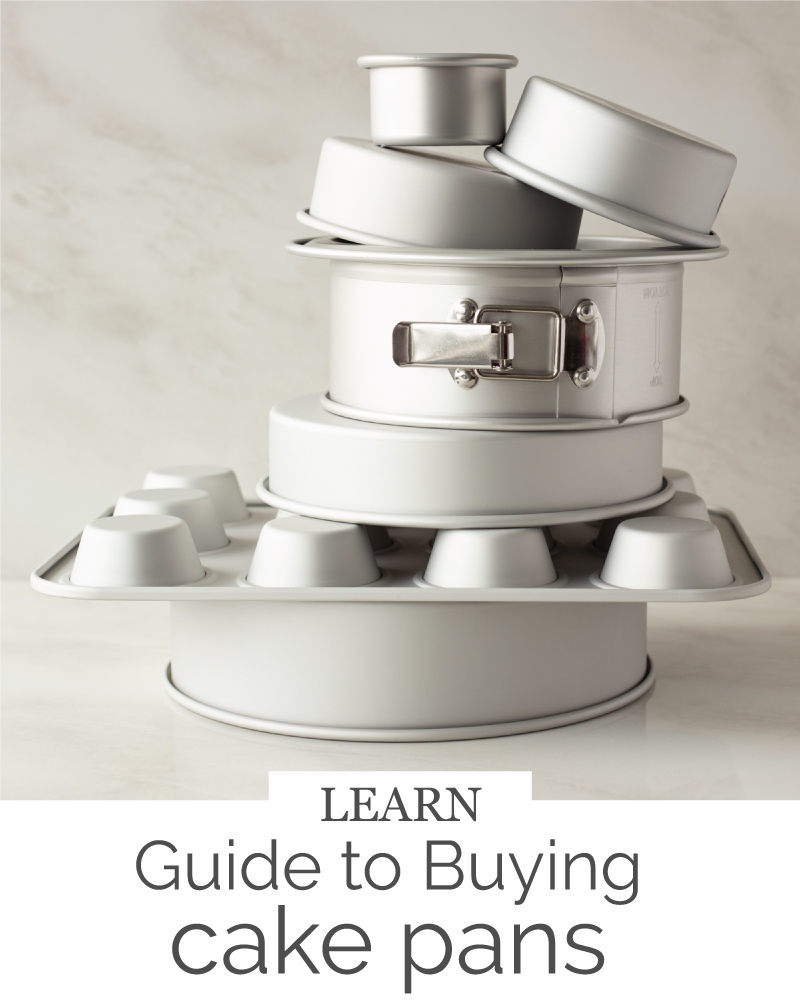
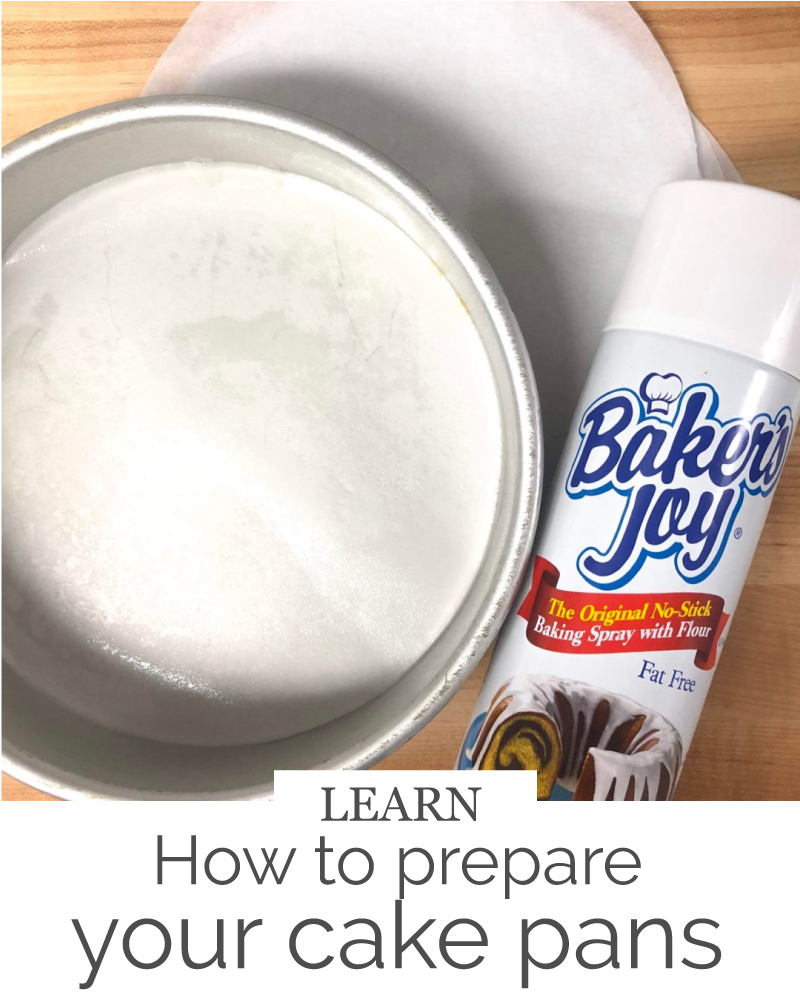
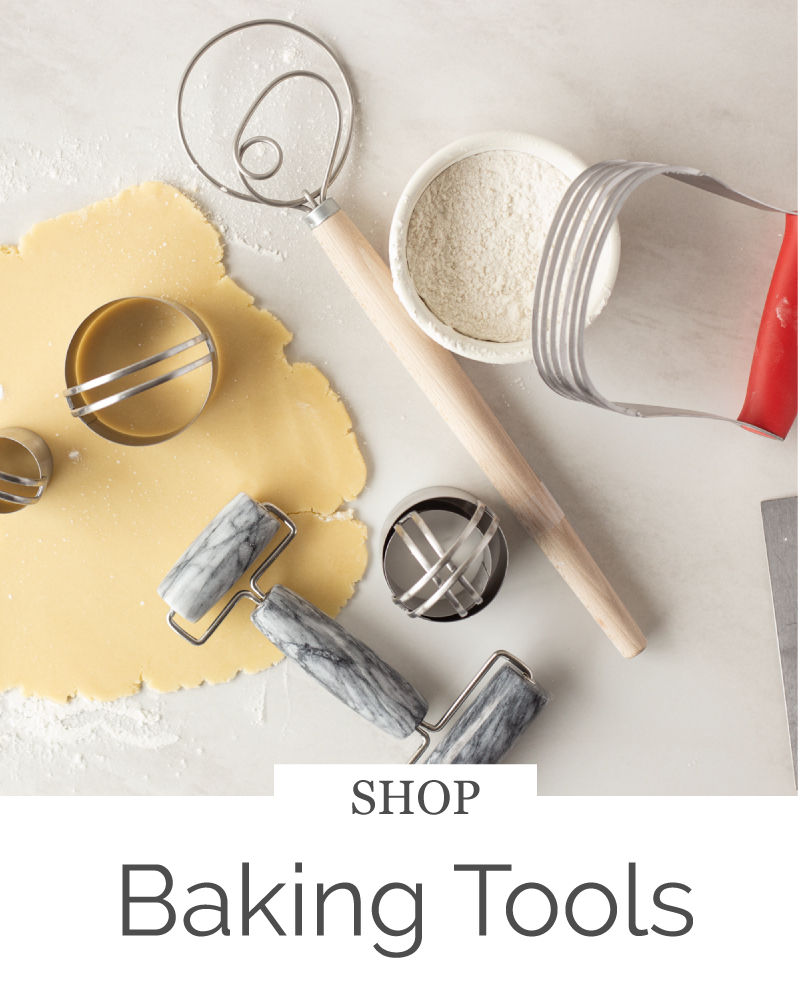
4) Measure your ingredients correctly
Using the right measuring tools can help make sure your recipe turns out as intended. Have you made your favorite chocolate chip recipe and found them dry and crumbly? or flat and too chewy? It could easily be happening because you are inconsistently measuring your ingredients.
The most accurate way to measure your ingredients is by weight: using a kitchen food scale. There’s a reason we sell hundreds of these a year. They are simple to use and help to create consistent results every time! We will preach the benefits of using a kitchen scale over and over, and the Gygi Guide to Baking would not be complete without sharing our love for the scale.
But what if your recipe doesn’t give you the weight? Make sure you measure your dry ingredients with dry measuring cups, and your liquids should always be in a liquid measuring cup. We dug into some research measuring flour with a few different methods, and one definitely shines above the rest with the most accurate results.
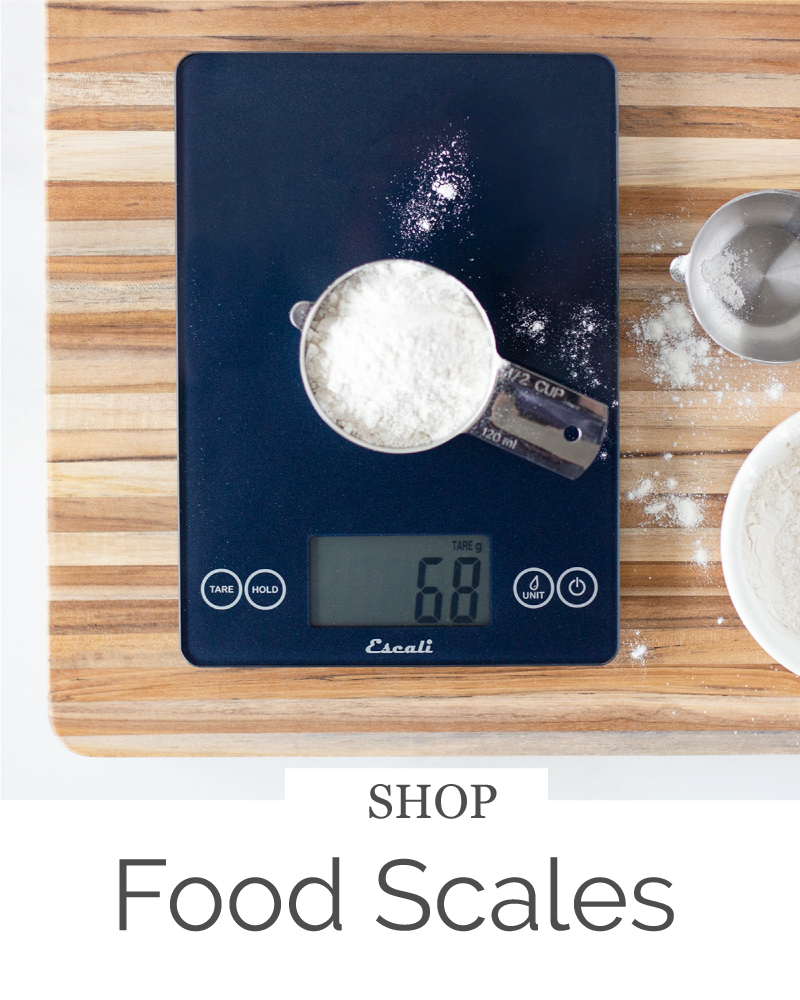
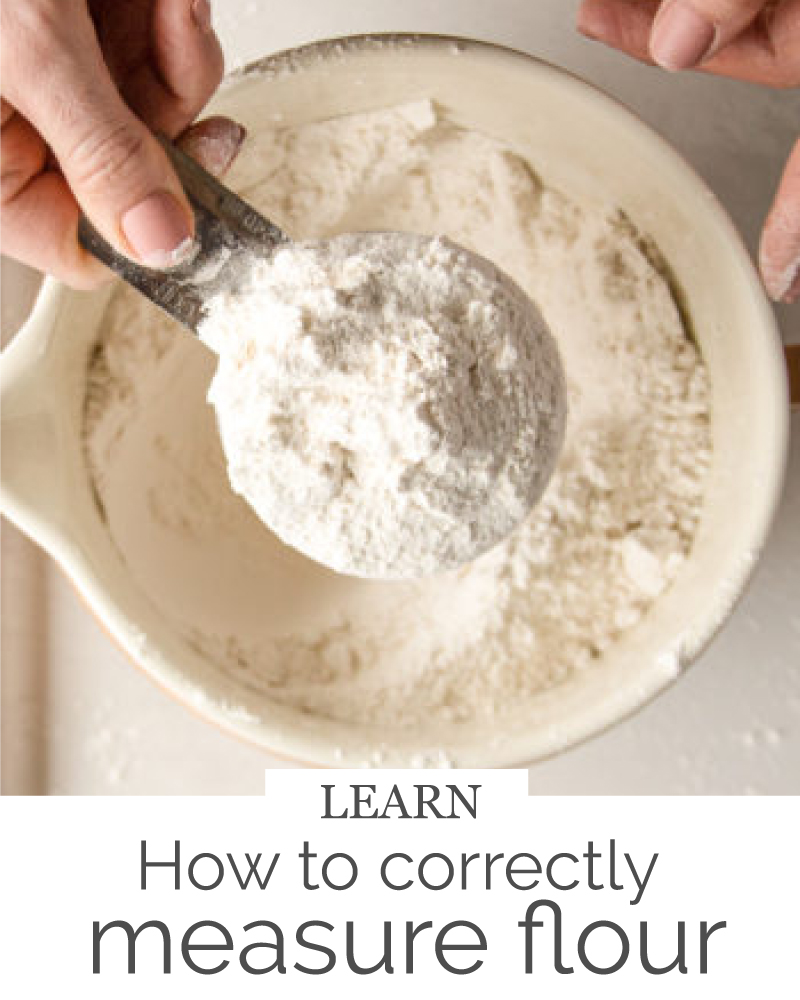
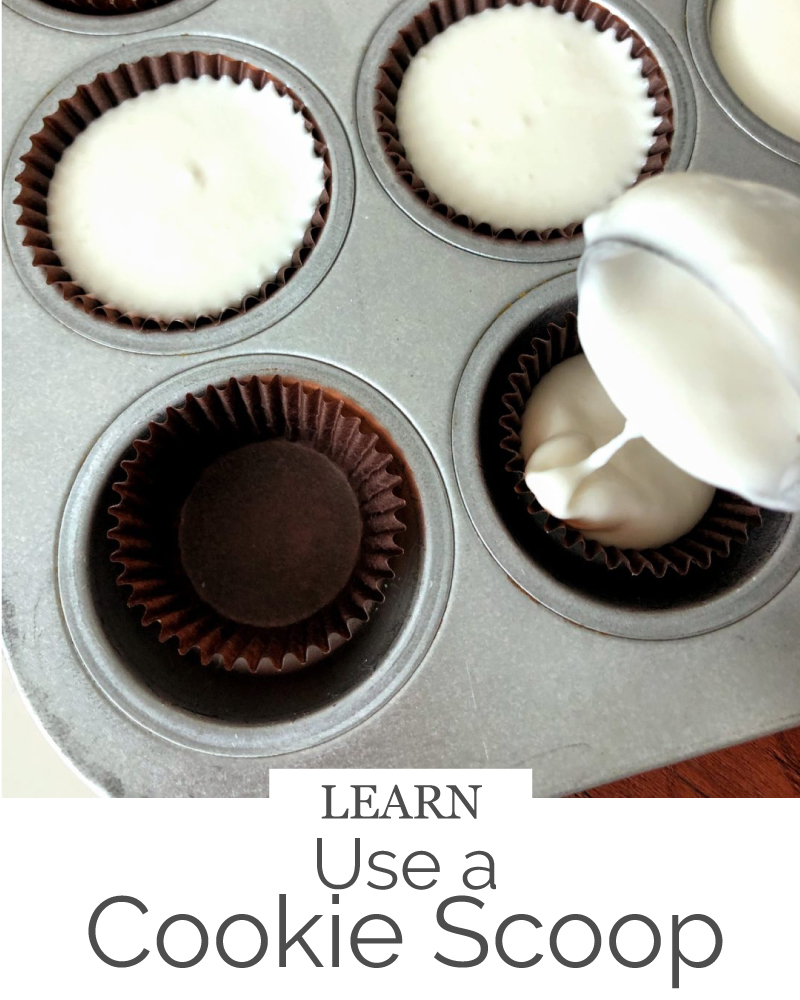

5) Preheat your Oven
The temperature in your oven is crucial to the air bubbles in a flaky pastry crust, the rise in a beautiful bundt cake, and the crispy exterior with a soft interior in your cookies. Don’t jump ahead and put your baked goods in the oven while it is still preheating. In fact, give your oven an extra 5 to 10 minutes after the preheat signal alerts you to make sure the oven is good and toasty.
In the Gygi Guide to baking, we are going to highly recommend that you test your oven’s temperature by using an oven thermometer. You just hang it from the rack in your oven, and it will help you see if your oven tends to run hotter, cooler, or right on track with the temperature reading it’s been giving you. We’re always surprised to learn that sometimes the temperature on the oven’s settings will need to be adjusted a little.
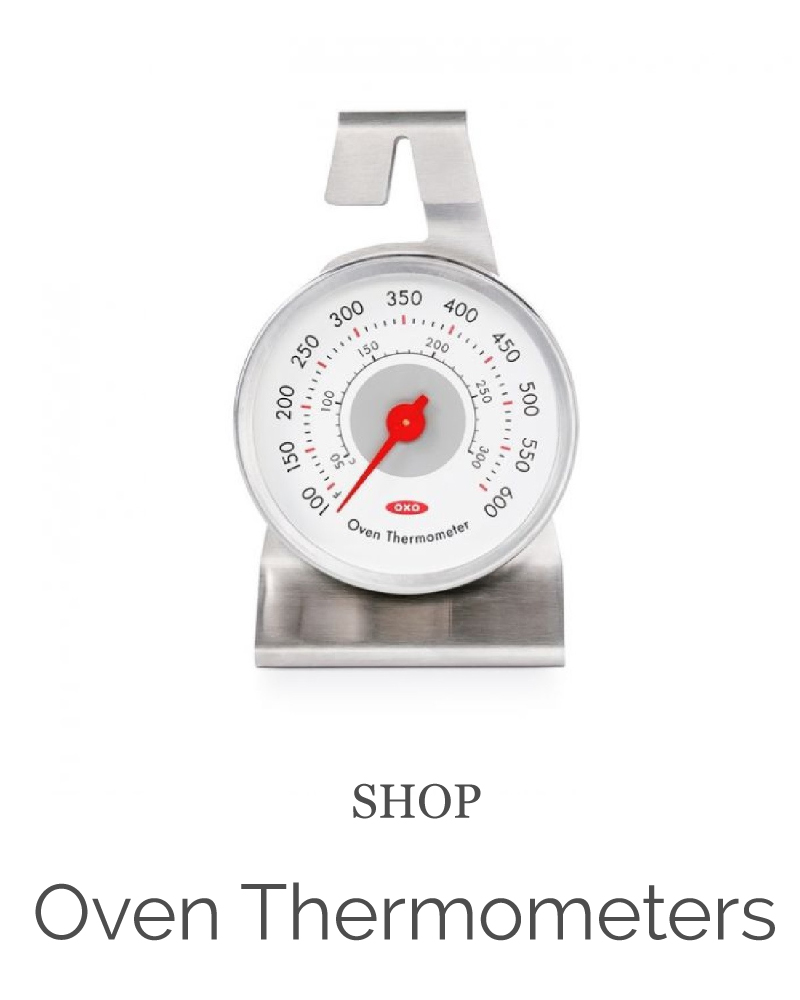

And the last tip, keep that oven door closed. “If you’re looking, you’re not cooking!” When roasting vegetables or braising meat, your food can handle the sharp contrast in temperatures, but baked goods require that consistent heat to give you the beautiful rise and texture you expect. So keep the door closed if you can help it!
6) Clean as you Go
Spend a little time in a professional kitchen, and you’ll notice something real quick: there’s never a mess in there! It doesn’t matter how many hundreds of cakes are being made, the kitchen thrives on efficiency, and messes slow us down!
We like to keep a garbage can or bowl close by to our workspace to toss out the things we don’t need. Placing used dishes into the sink (bonus if it’s filled with soapy water!) helps to cut down on clutter. Returning used ingredients to the pantry or fridge after you’ve used them helps you to mentally “check-off” the things you’ve already used.
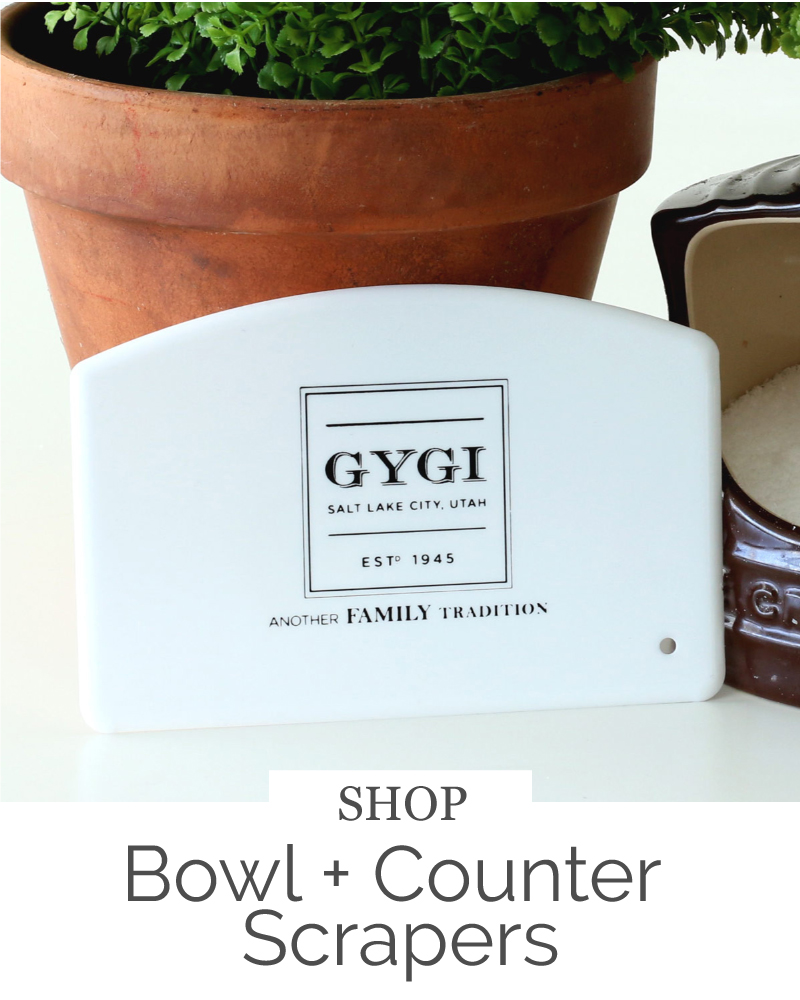
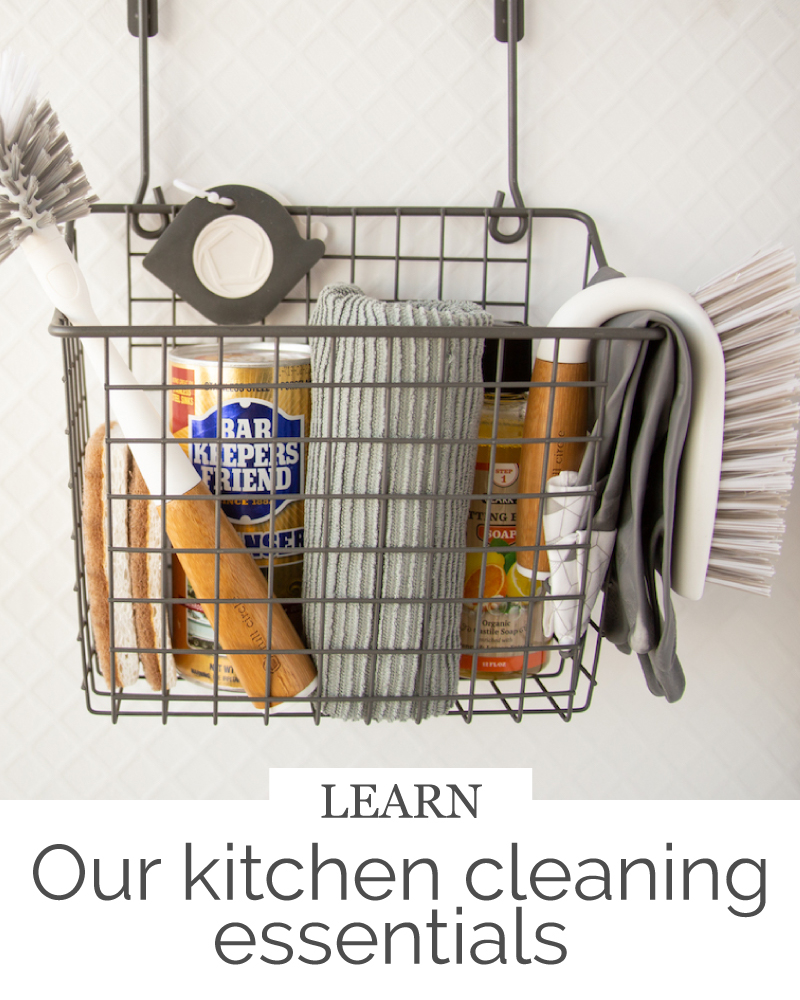
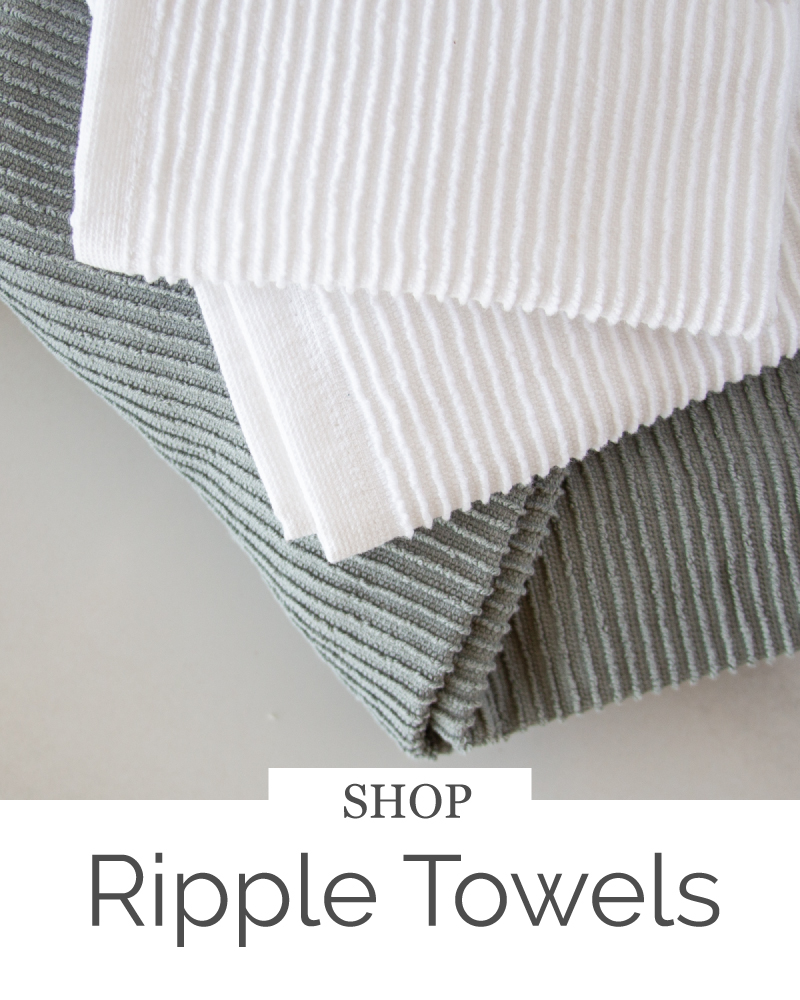
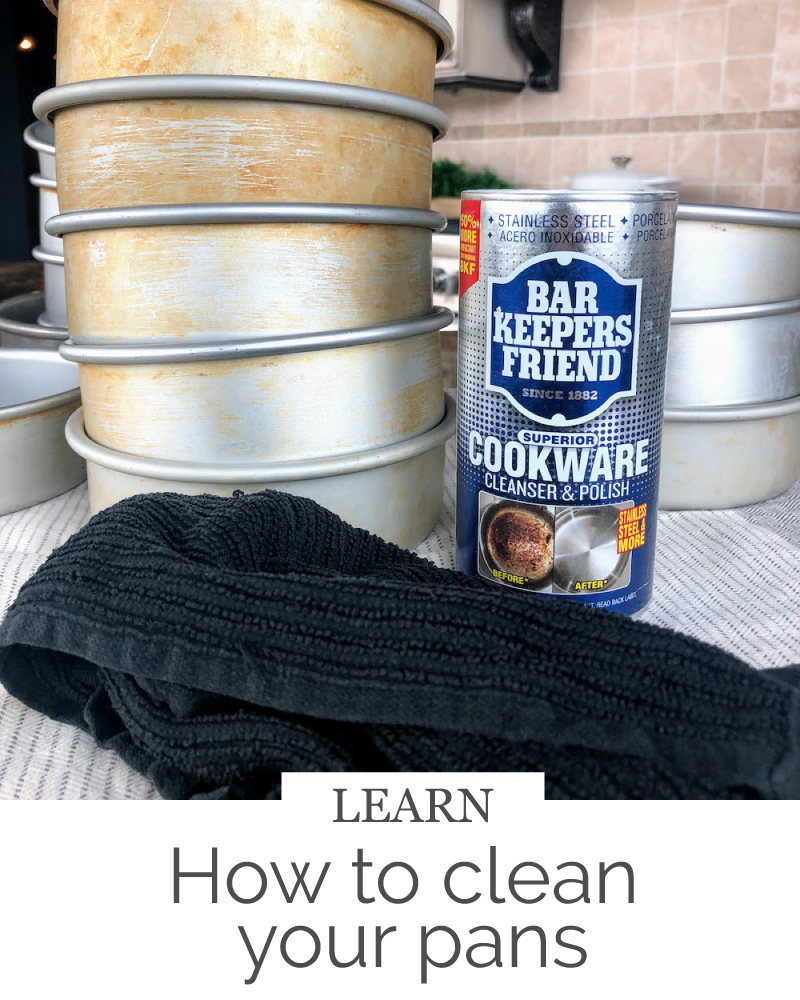
7) Decorating your Finished Baked Goods
We can’t address the Gygi Guide to Baking without talking about decorating. Adding the finishing touches to your baked goods can literally be the icing on the cake! That extra touch special is what transforms your baking. We want to help you get professional results out of little effort.
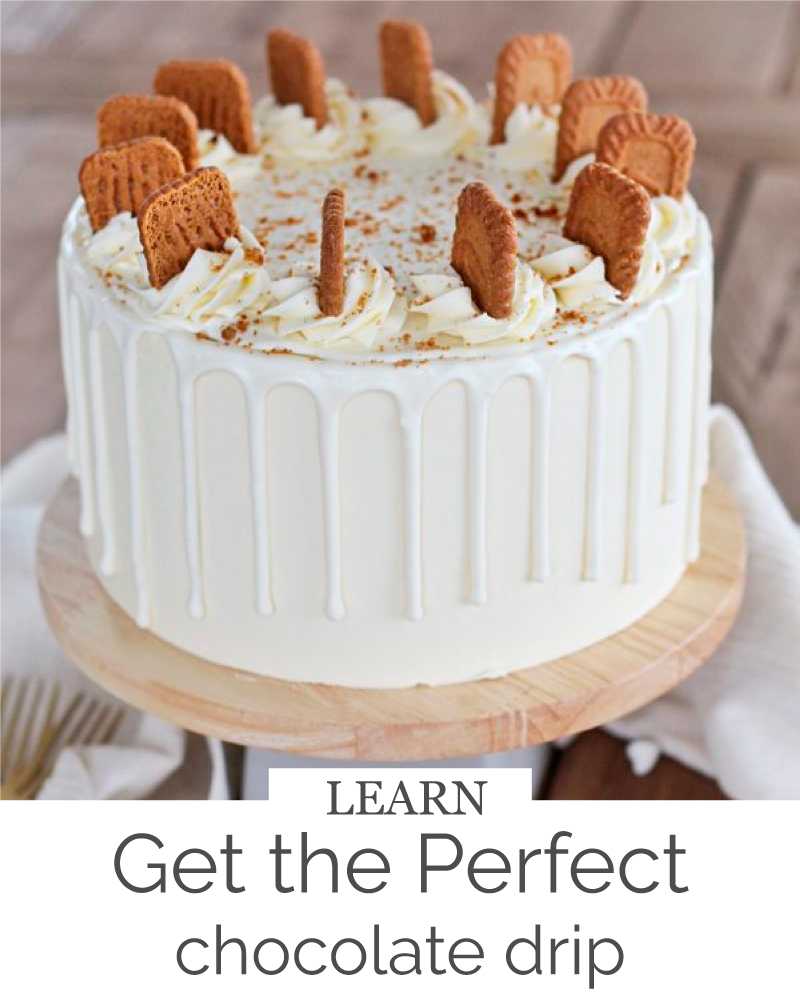
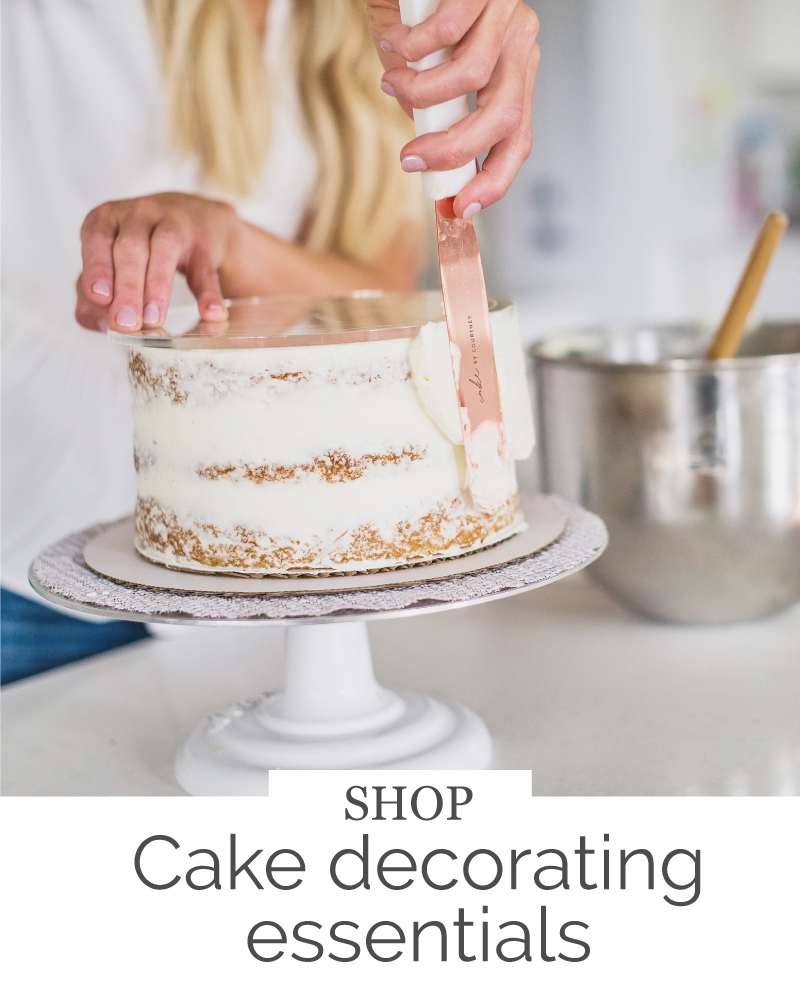
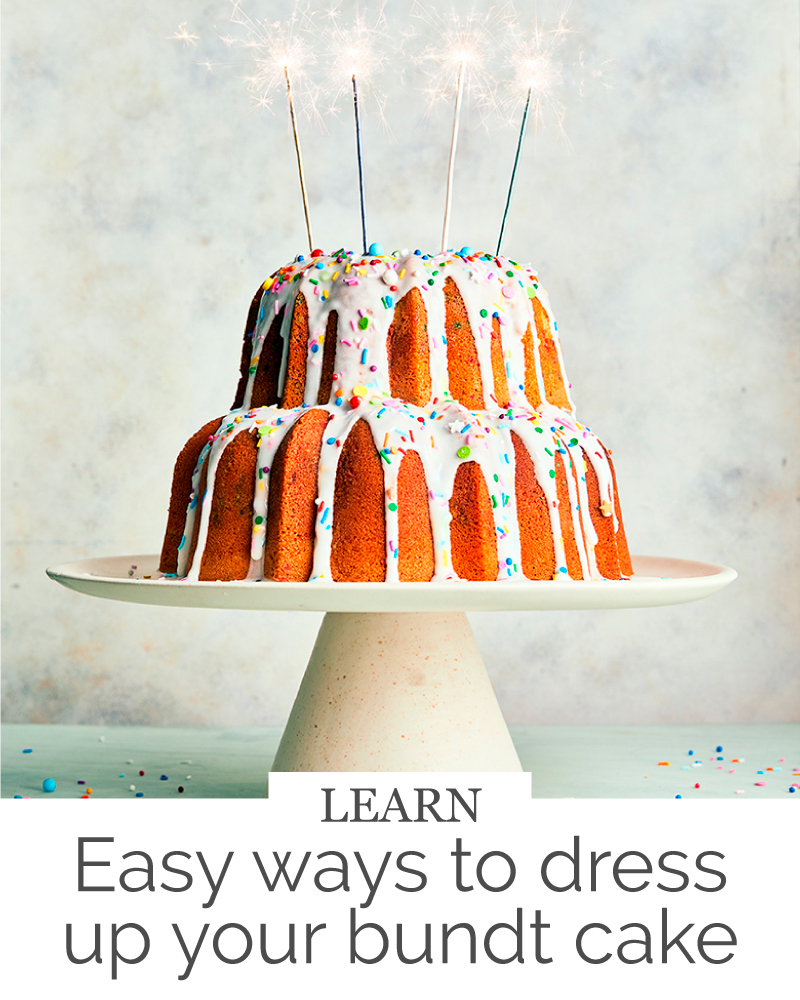
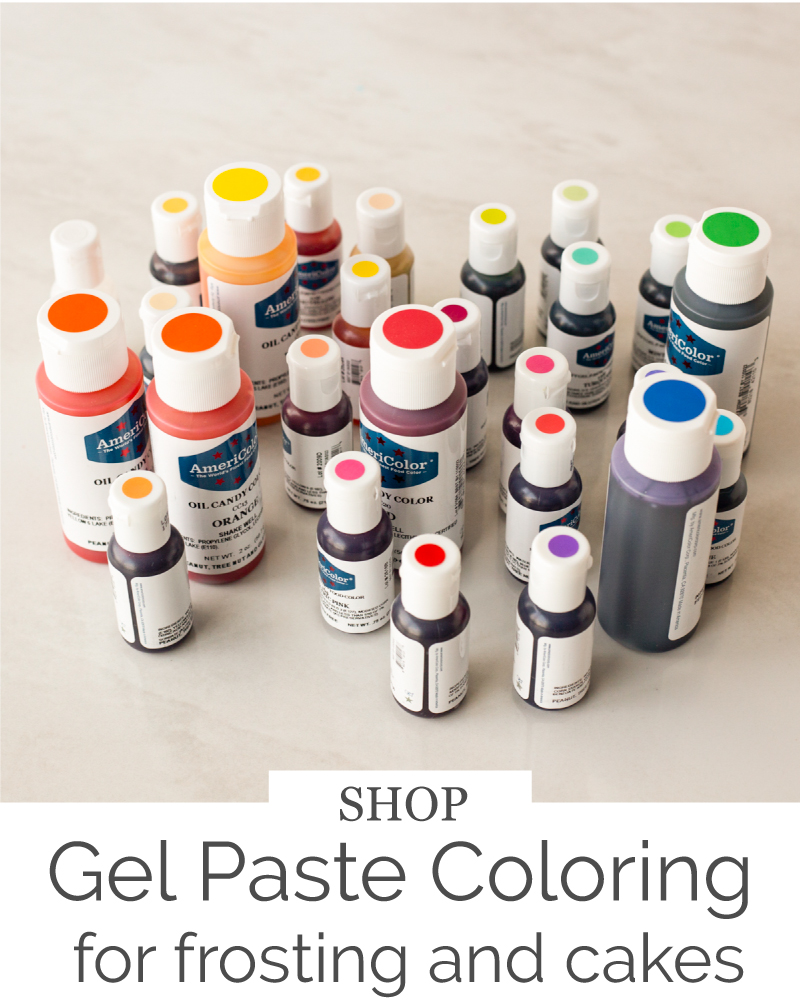
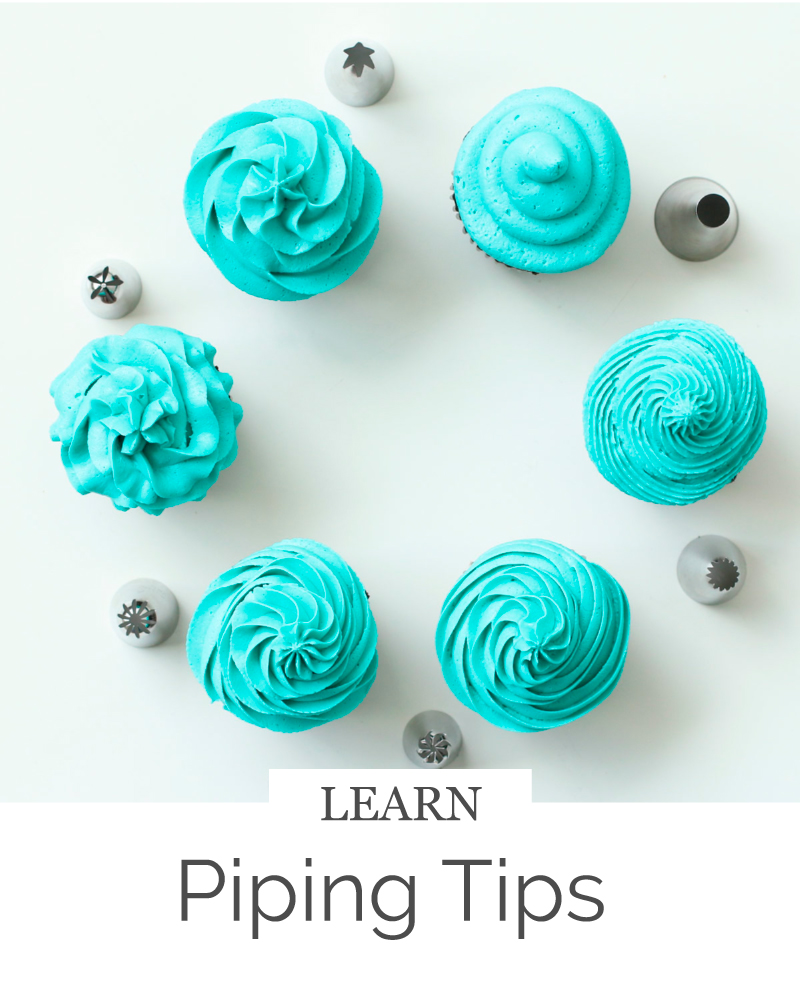

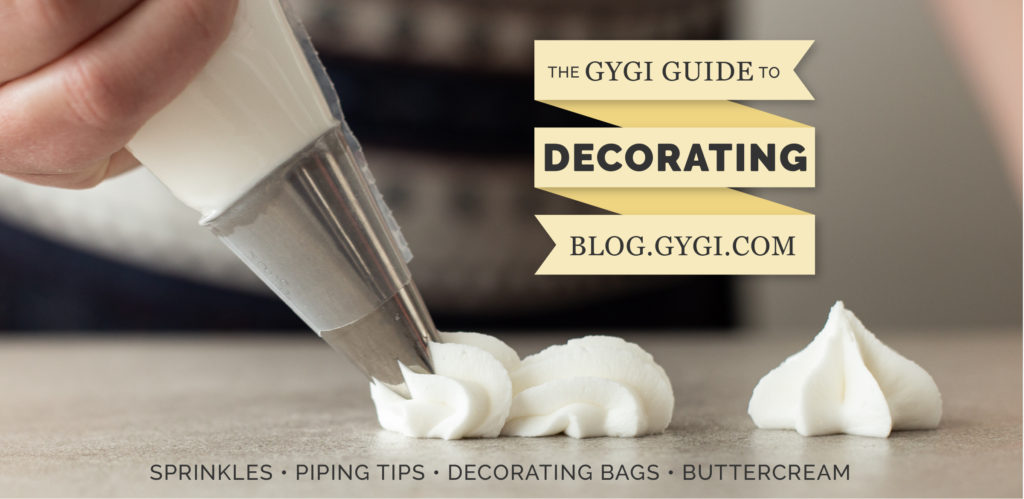
8) Give your baked goods somewhere lovely to live
You’ve poured your heart into your baked goods, give those little treats somewhere to live in your home. Your cake stands can double as decorations when there are no treats waiting to be consumed.
Delivering your treats to family and neighbors in a shiny cellophane bag or classy box gives your baked goods that extra touch of classiness, possibly leading them to believe that you stopped at a local bakery- imagine their shock when they learn it came from your kitchen! We love that kind of heartfelt surprise.
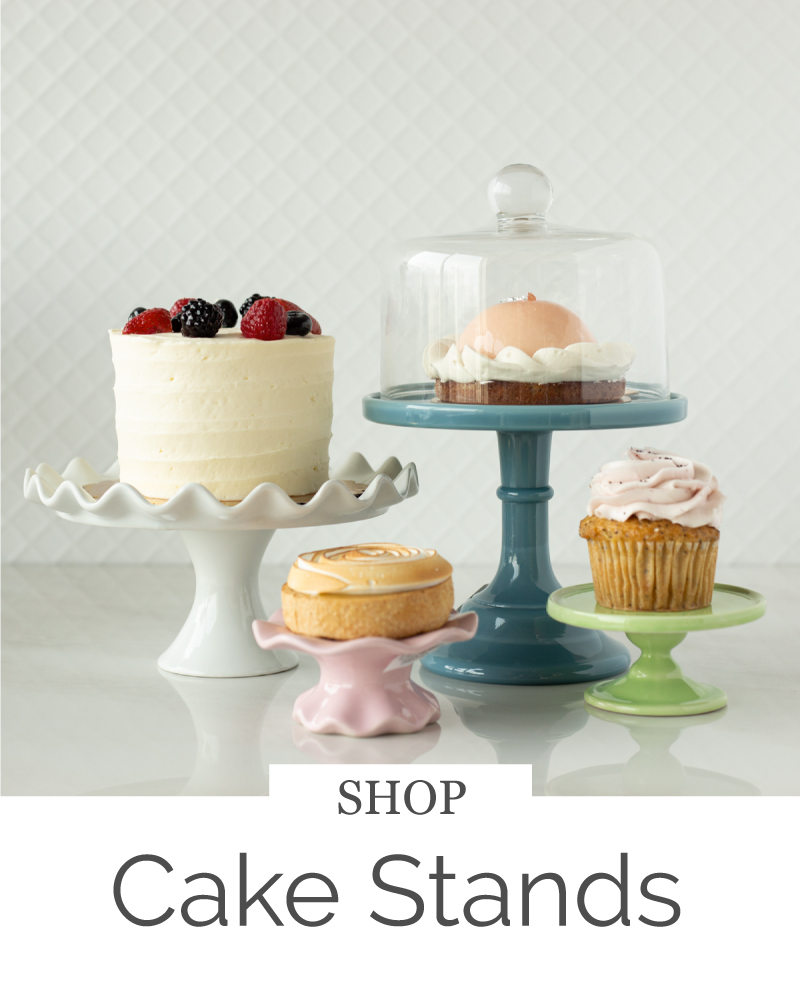
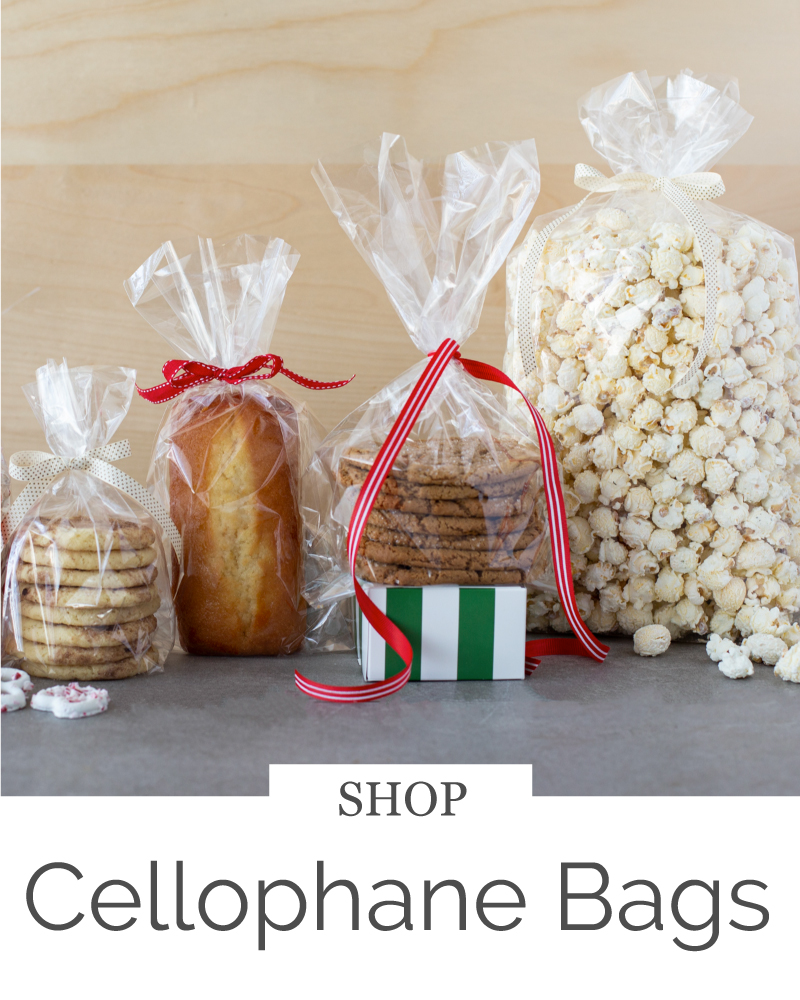
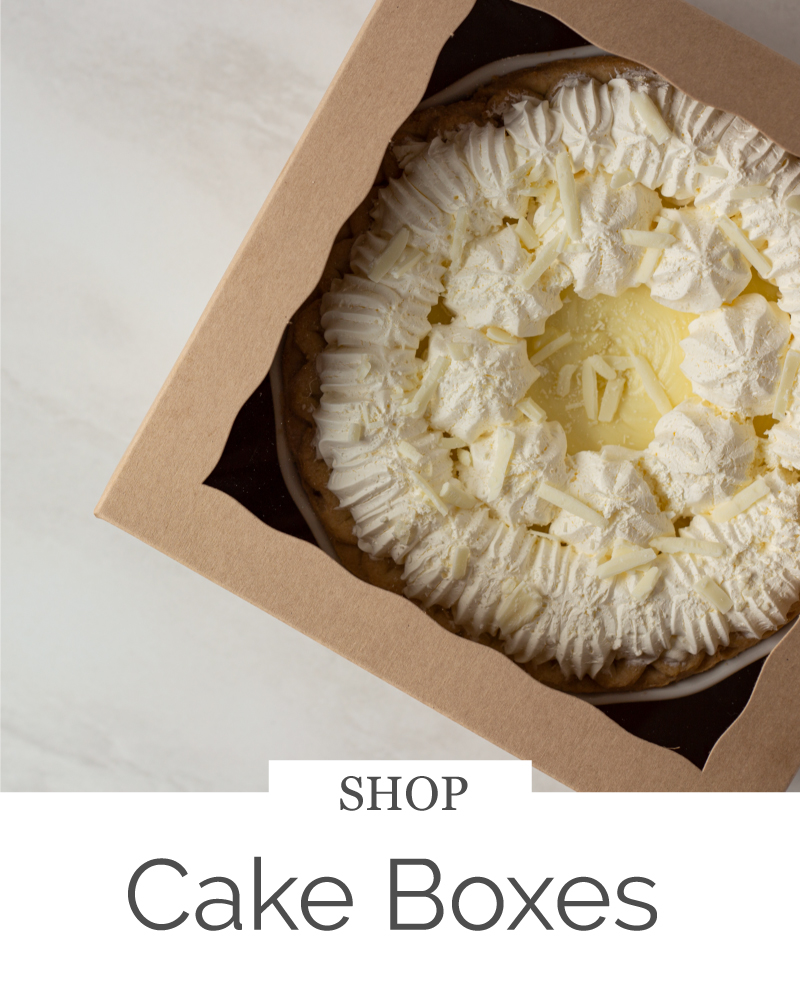
RECIPES
Sharing our baked goods feels like we’re sharing a part of us with the people we know and love (we wish we could give you all a cookie right now!) The next best thing is to share our long-loved and proven recipes. Whip up something new, and bake from the heart. It just feels good.
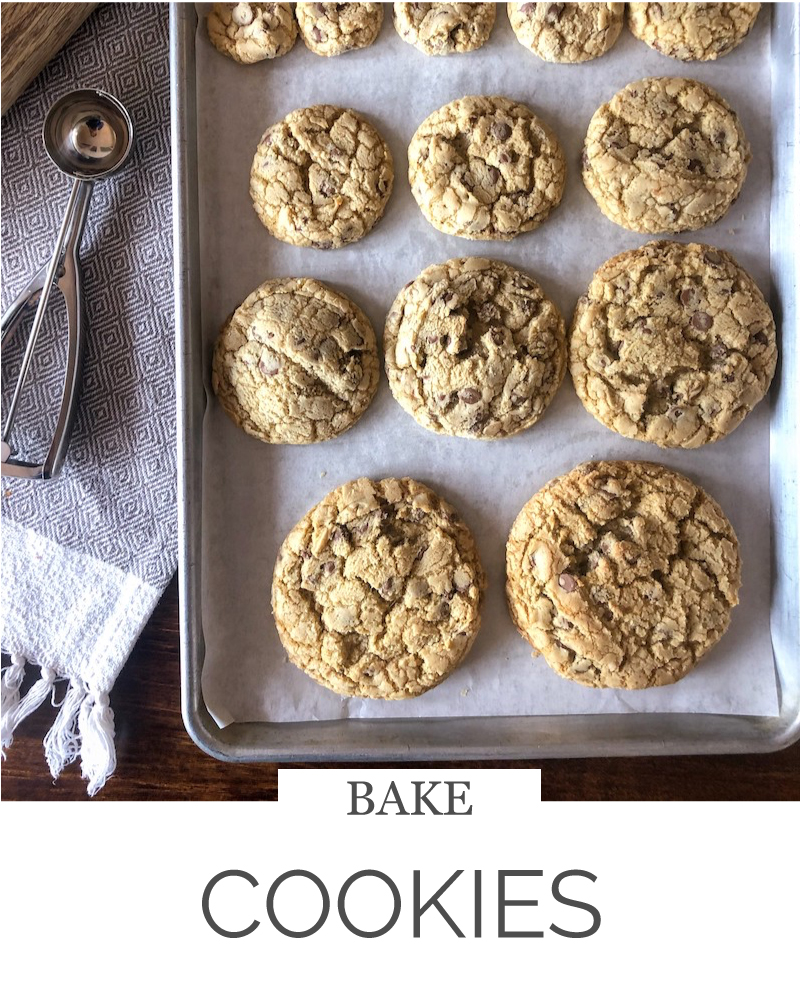
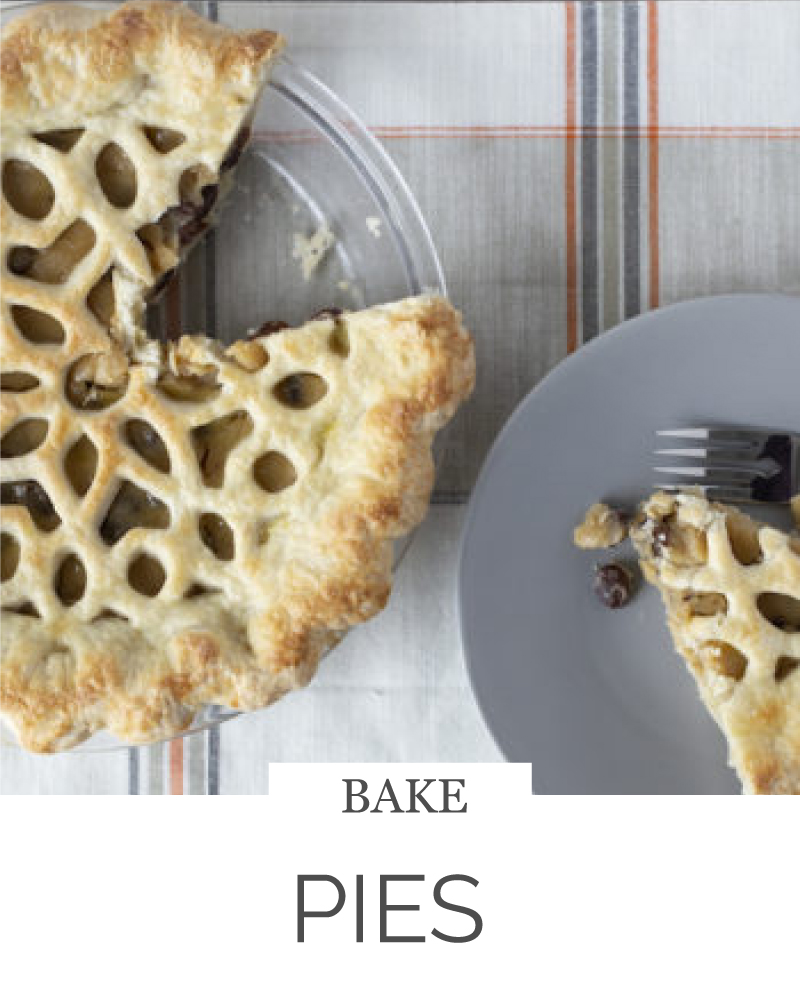
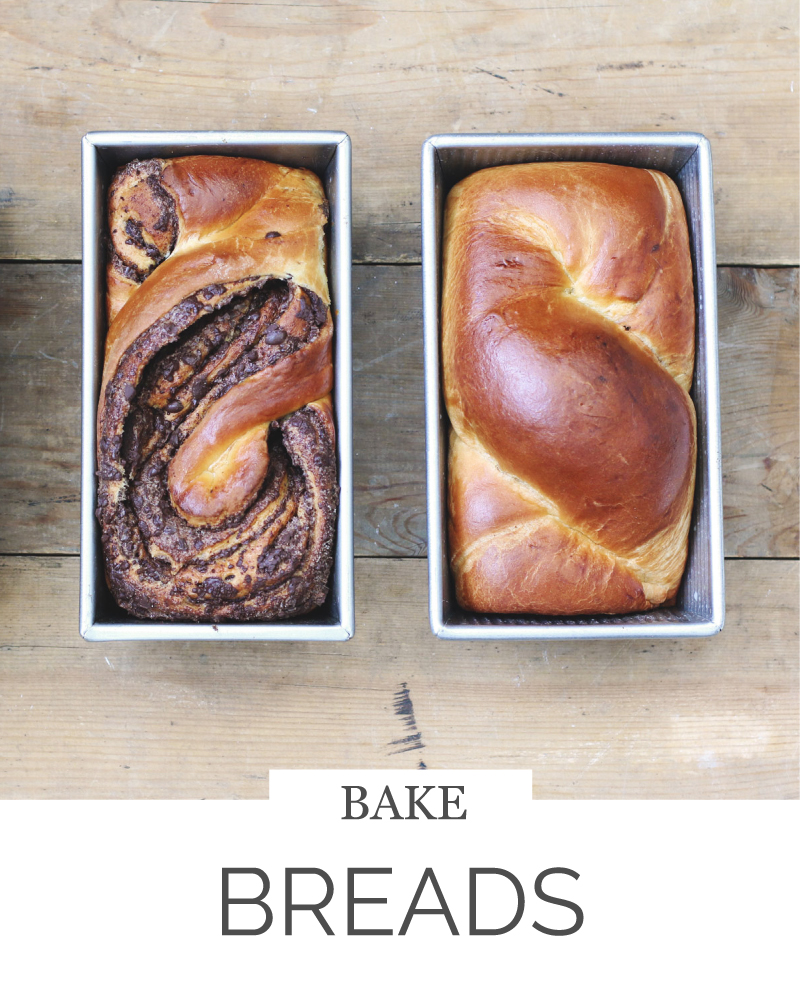
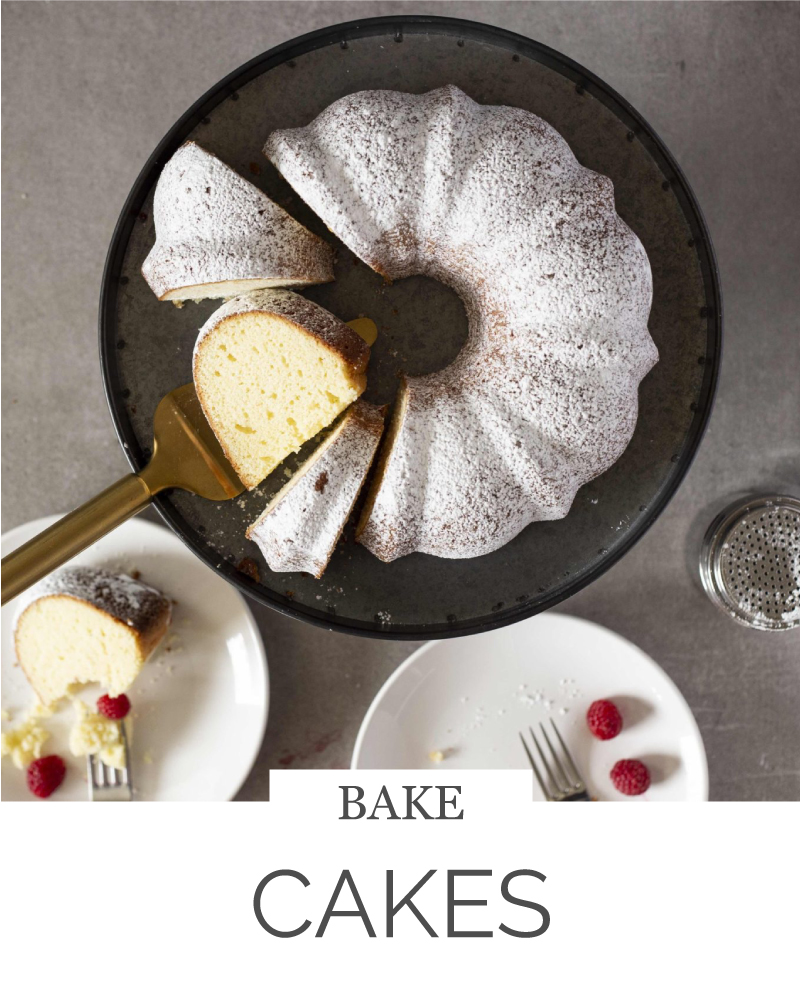
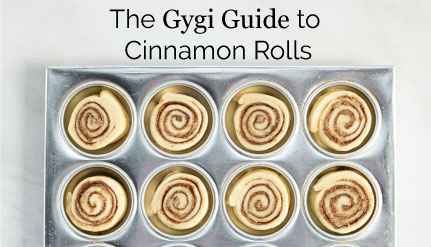
Share with your baking adventures with us. We love to see what our people are embarking on in their kitchens. @orsongygi #gygieats

